Optimal Timing for Building Window Tinting
Building window tinting is a process that enhances energy efficiency, reduces glare, and improves privacy. The timing of installation can impact the effectiveness and durability of the tinting film. Understanding optimal conditions ensures long-lasting results and maximum benefits.
Installing window tintings during mild, dry weather prevents issues related to extreme temperatures or moisture that can affect adhesion and curing.
Spring and fall often provide ideal temperatures for installation, avoiding the extreme heat of summer or cold of winter.
Indoor installation offers controlled conditions, making it suitable year-round, while outdoor installation requires favorable weather.
Mid-morning to early afternoon is preferred to allow sufficient curing time before cooler evening temperatures.
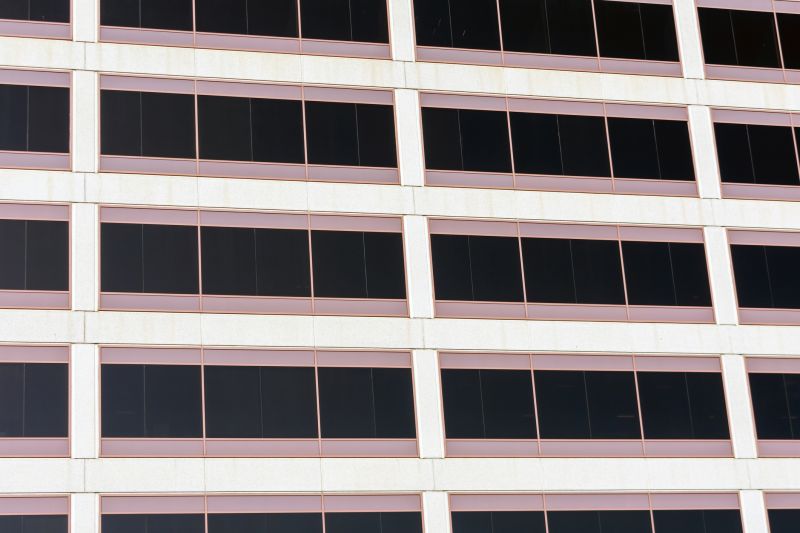
Ways to make Building Window Tintings work in tight or awkward layouts.

Popular materials for Building Window Tintings and why they hold up over time.
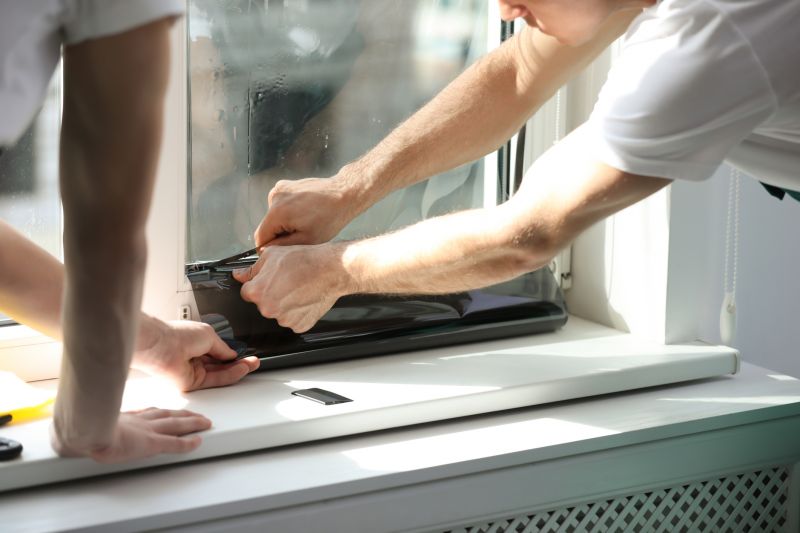
Simple add-ons that improve Building Window Tintings without blowing the budget.
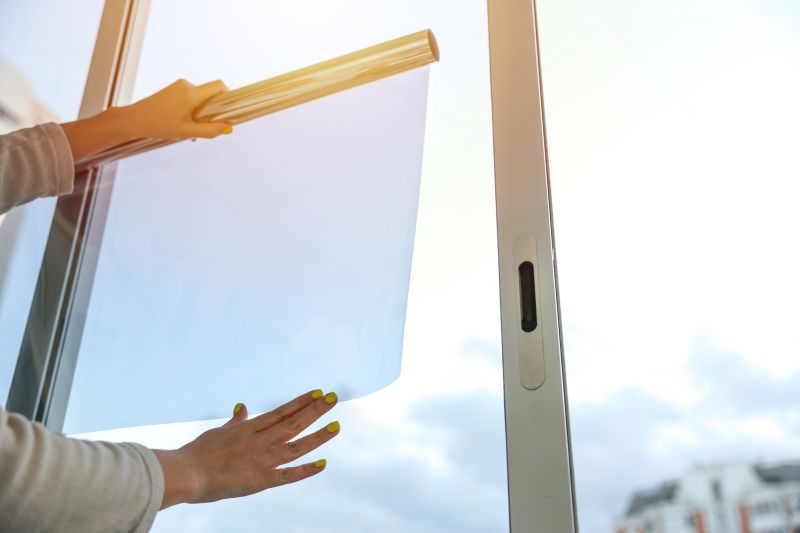
High-end options that actually feel worth it for Building Window Tintings.

Finishes and colors that play nicely with Building Window Tintings.
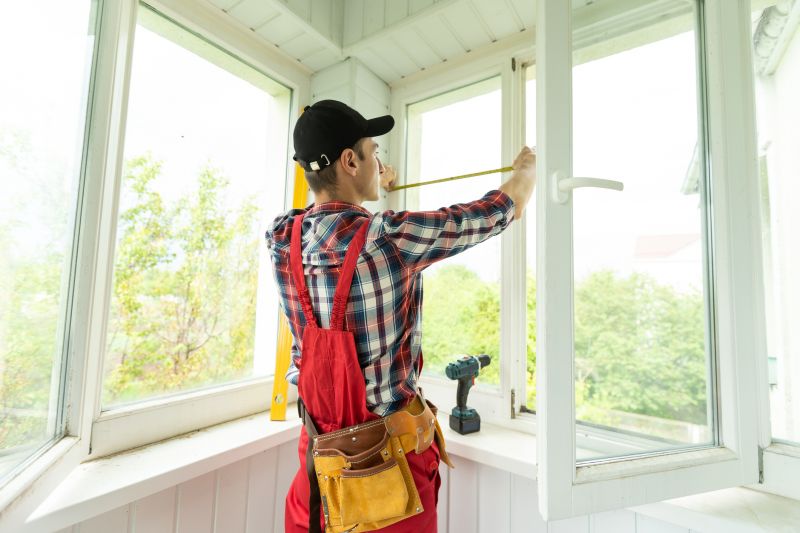
Little measurements that prevent headaches on Building Window Tintings day.
Building window tintings can significantly improve a structure's energy efficiency by reducing heat gain and loss. Proper installation timing ensures the tinting film adheres correctly and maintains its appearance over time. Advanced films can block up to 99% of UV rays, protecting interiors and occupants. The right timing also minimizes disruption to building occupants and allows for optimal curing conditions, which are crucial for adhesion and clarity.
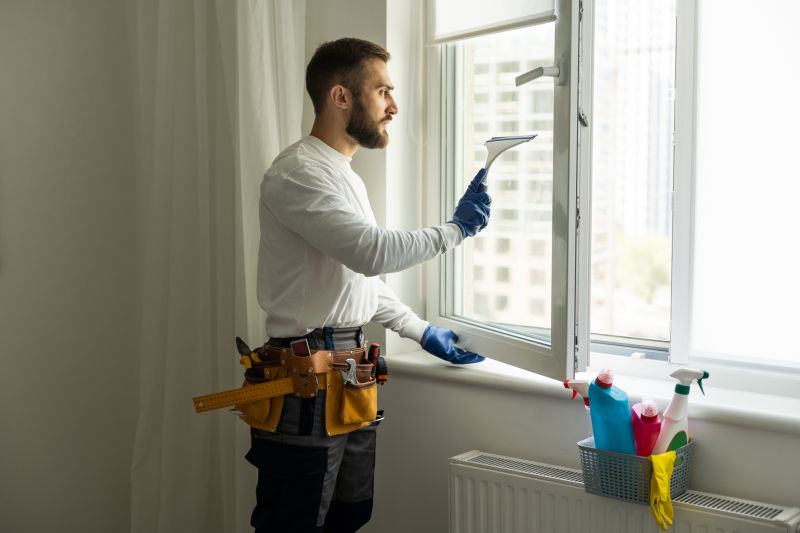
A 60-second routine that keeps Building Window Tintings looking new.
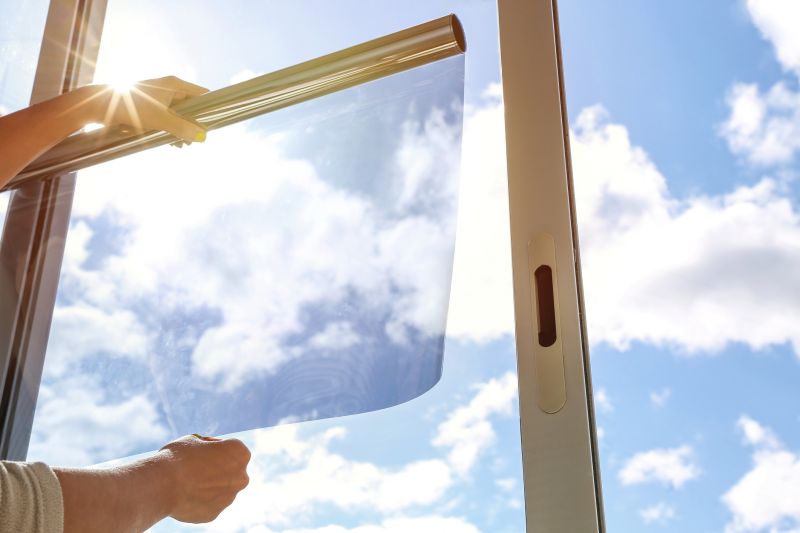
A frequent mistake in Building Window Tintings and how to dodge it.
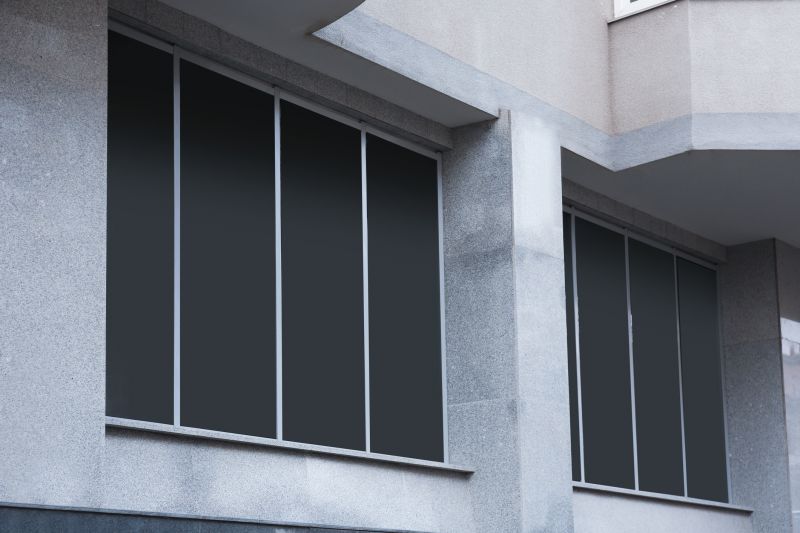
Small tweaks to make Building Window Tintings safer and easier to use.

Lower-waste or water-saving choices for Building Window Tintings.
| Factor | Recommended Timing |
|---|---|
| Weather Conditions | Mild, dry days with moderate temperatures |
| Season | Spring and fall are ideal |
| Indoor vs. Outdoor | Indoor preferred for year-round installation |
| Time of Day | Mid-morning to early afternoon |
| Humidity Levels | Low humidity for best adhesion |
| Temperature Range | Between 60°F and 85°F |
| Project Duration | Schedule during periods of stable weather |
| Curing Time | Allow sufficient time before exposure to extreme conditions |
